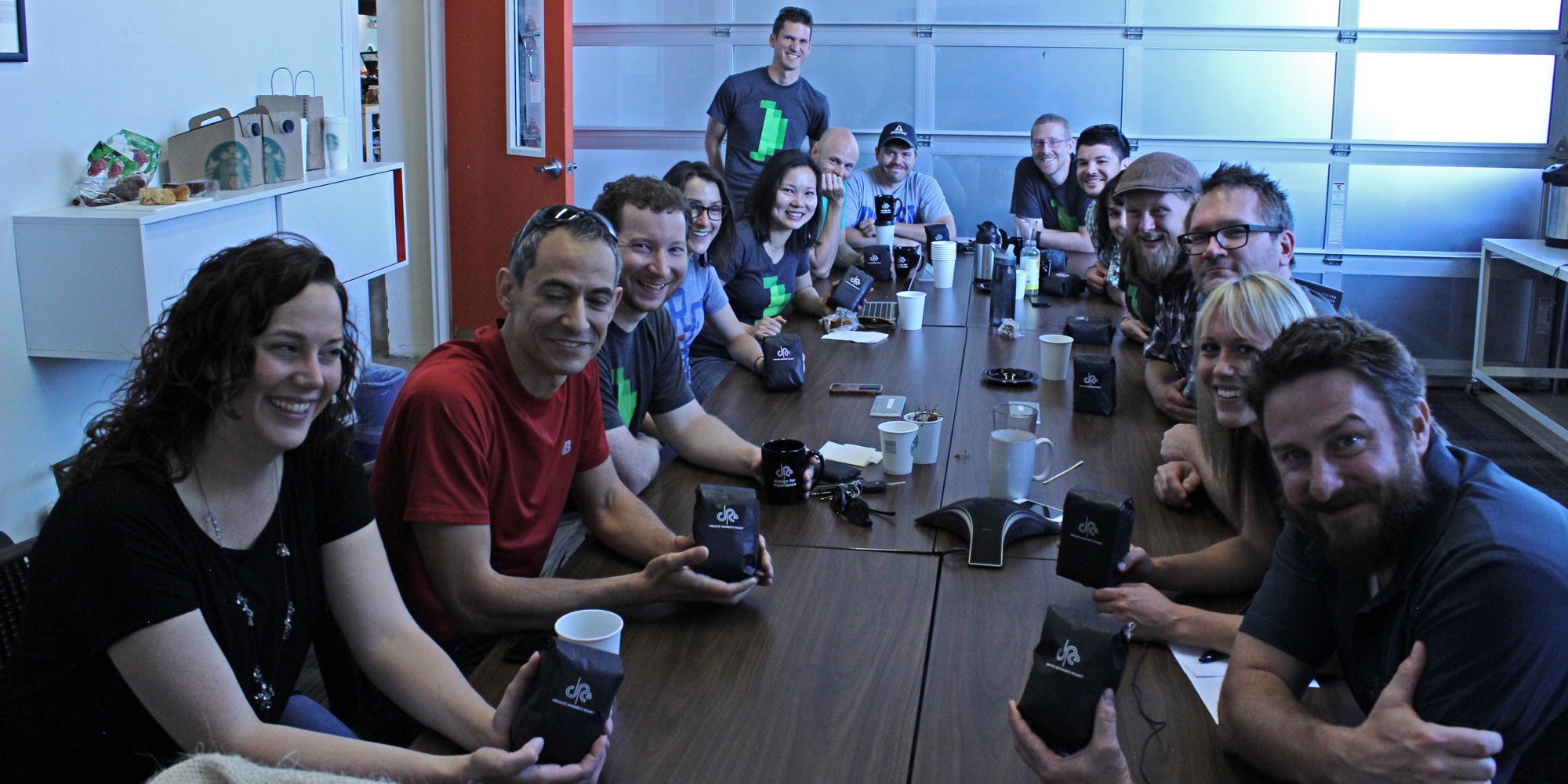One of the most compelling things about experience design is how effective the process can be when its core tenets are observed. Know your users, uncover their needs, test your solution, refine your product, and off you go. This inherent power probably helps explain why more and more businesses and individuals outside our field are coming to embrace the value of UX.
Demand seems to be at an all-time high, which is great news for everyone who makes and/or uses digital products. But while the process of experience design is fairly easy to replicate when correctly implemented (we’ve got more than a few articles that can explain how to go about it), it takes more than just the right tools to make your design sing. For UX to really blossom you need the right people working in the right environment.
As the marketplace for experience design grows increasingly competitive, it’s crucial for teams of every stripe (be they in-house or agency) to maintain a creative culture that keeps members (and clients) inspired and motivated. This is something Slice of Lime has down to a soft science. With offices in Denver and Boulder, the winner of the Design for Experience award for Effective Agency Team takes an approach that others can learn from.
Slice of Lime Founder and CEO Kevin Menzie and Partner and Creative Director Jeff Rodanski with bags of Design for Experience Private Winner’s Roast coffee.
In a maneuver familiar to UXers, partners Kevin Menzie and Jeff Rodanski created their agency by drawing lessons from the failures of others.
“We both worked at another agency at one point where we learned a lot about what NOT to do from a leadership perspective,” Menzie says. “At that agency, we also learned how powerful a cohesive team with shared interests and values can be—our team had a tight bond despite leadership issues.”
Experience building teams for a couple of startups, delivered more insight on what they liked and didn’t like about different work environments, further cementing the importance of culture to a company.
“In both our agency and startup experiences, the teams were amazing but the direction or leadership of the companies had flaws,” Menzie says. “Over the years, we’ve used those memories to shape the culture and values that we would have wanted. We’ve certainly made some of the same leadership and culture mistakes along the way, but we’ve been able to course-correct so that we’ve never gotten too far off track. The number one way we’ve done this is by treating our team with respect and sincerely listening to ideas and feedback from everyone at the company.”
One of those course corrections came at the 10-year-mark, when they realized the agency had lost focus and picked up too many additional offerings.
For UX to really blossom you need the right people working in the right environment
“We took a huge step back and reprioritized. We were known as a WordPress marketing website company. As services like Square Space were becoming more popular, we really didn’t want to be in a race to the bottom with competitors like that.” Menzie says. “This led to us dropping every service except for UX Design. With that sort of focus, we were able to grow an exceptionally talented and effective agency team.”
Along with a narrowed focus, Slice of Lime keeps their team invigorated with perks ranging from VIP access Conan O’Brien’s green room to hiking fourteeners together. Time and money are allocated to giving members access to conferences, webinars, and meet-ups. Additionally—taking a page from Google’s playbook—Slice of Lime encourages the team to spend 20% of their time at work exploring personal interests. Recently, that free-range creating birthed Nübi, a connected toy that helps kids learn science, technology, engineering, and math, which won the DevelopHer contest at the Chicago Toy & Game Fair last year.
The cumulative effect of this kind of cultural fine-tuning is an environment that doesn’t just inspire employees, it also attract clients. By hewing to an agile design process that demands people from disparate departments coming together the agency has become de facto “therapists” for clients.
Realizing that developers are often pulled away from research and design efforts, the agency aims to reverse that logic and bring devs into meetings, looking to them for technical and creative insight. They also encourage client stakeholders to participate in research studies for a first-hand dose of what users are saying.
“We’re able to inject a lot of speed and positive collaboration into teams that are often more accustomed to red tape and politics,” Menzie says, proving that an effective agency culture is contagious in the best possible way.









